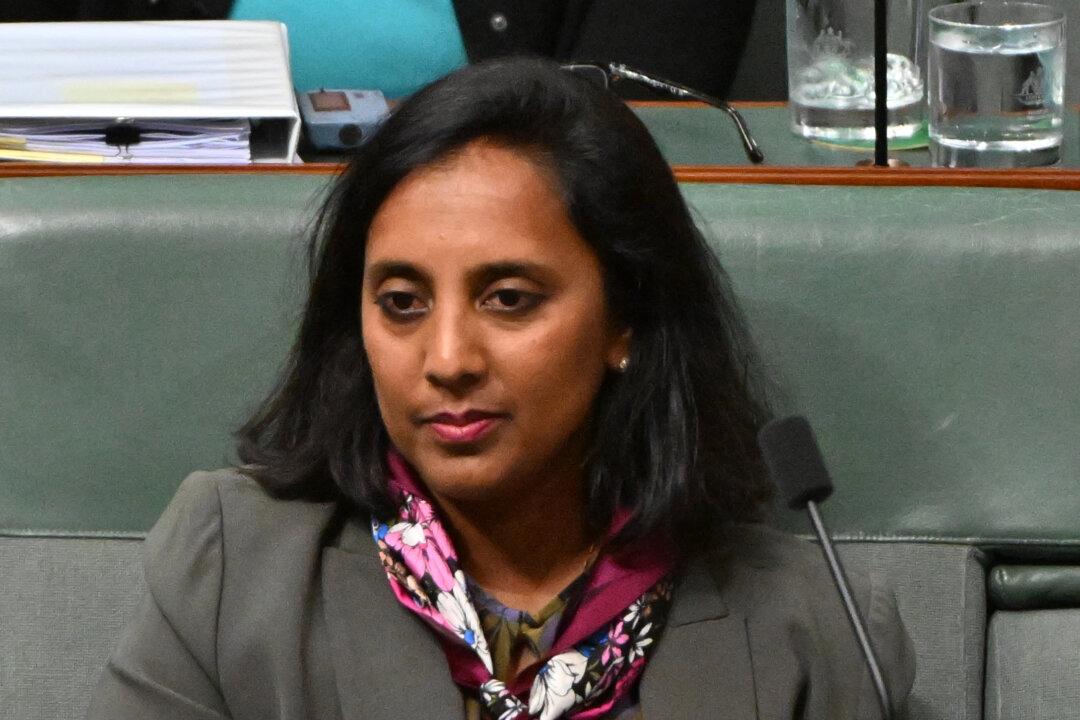The Australian Treasury Department has refuted the idea that corporate profits are worsening inflation. However, it said the mining sector played a small role in consumer price growth.
During a recent Senate estimates hearing, Treasury official Sarah Hunter said the department had analysed the impact of corporate profits on inflation.





